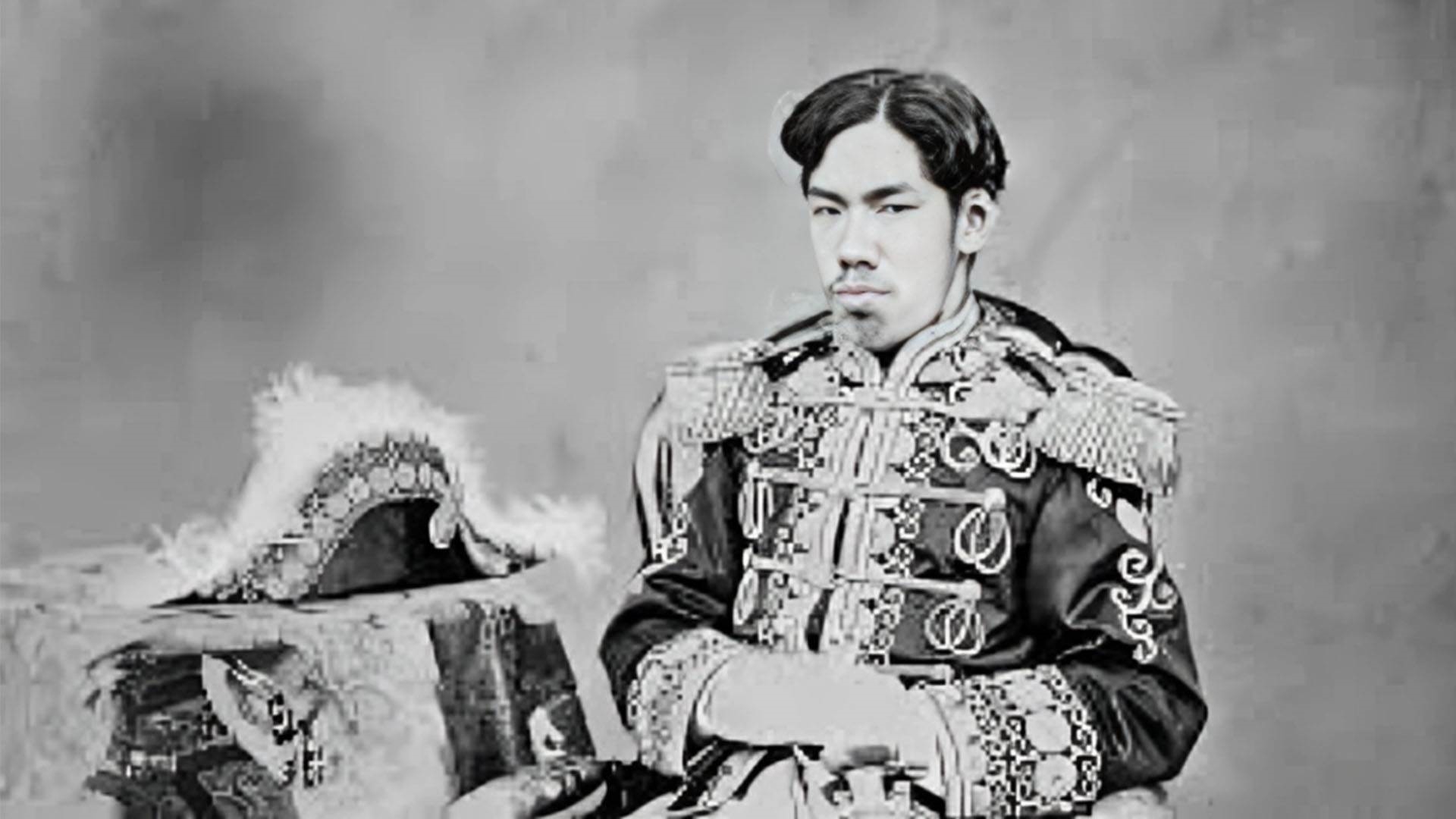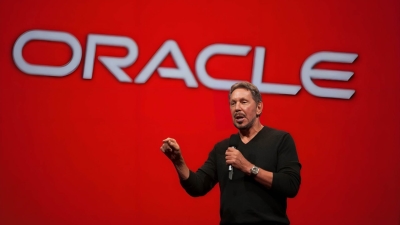Takeo Osahira is one of Japan's pioneers of industrial renaissance

Takeo Osahira is one of the pioneers of Japanese industry who was the first to ignite the industrial revolution in his state during that era after inventing the first fully Japanese engine. What is his story?
Born in 1856 in the province of Kagoshima, Japan, Takeo Osahira was a fond of technology and engineering from a very early age, and was very familiar with the Western developments that take place day after day, as he is interested in inventing the engine and hopes that it will achieve its purpose but does not know how to do so.
Osahira joined the undergraduate level and chose his passion for and creativity in applied mechanics. As a result of his excellence in his specialization, Japan sent him with a group of university students on a scientific mission to study "The Origins of Scientific Mechanics" at the German University of Hamburg after the Second World War.
Takeo Osahira says I went to the University of Hamburg, Germany and I was carrying my own dream, which I dreamed of learning how to make a small engine.
But after arriving, he hit the painful reality, and what he didn't expect happened, instead of going down to the laboratories and factories, he found himself in the classrooms studying books, which he did not consider, but he sought to go directly to the factories to make a drive with his hand.
He continued his studies until he read all the books in his specialization, and one day he heard about an Italian engine exhibition to be held in Hamburg, so he went to the exhibition to see the modern engines.
During that time, he witnessed an engine that he admired and wanted to buy, but there was a dilemma that he only had his monthly salary, which barely covered the cost of the engine, but with his insistence he bought the engine and took it home with him
When he got home, there was a great idea, and he started executing it on the ground, and he brought a leaf and a pen, and he started breaking the engine off every single piece. And he started drawing the piece that he unwrapped, and then numbering it, until he finished unscrewing all the parts of the engine. and then reassembled it from the beginning, this work with him took about 3 days and after completing the assembly of all the engine parts, it started to run again the engine work
Takeo Osahira told the Head of Mission what he had accomplished, encouraged him and gave him another drive and told him: Your second step is to repair this engine, this engine is broken, He took the engine and started dismantling all the engine parts, and after unscrewing every piece he painted and numbered like he did earlier, In the course of his work, he found 3 inoperable pieces and repaired them. operation and operation of the engine, returned to the Head of Mission He complimented him and guided him to the next step, told him that he had to make the engine pieces himself, and then install them.
Hence the second obstacle, it was necessary to choose between leaving the doctoral thesis and following his passion from childhood by inventing the first Japanese engine, but he influenced to follow his passion to reach his desires
His real journey began. He enrolled in iron, copper and aluminum smelters and worked for long periods, spanning about 9 years.
After a period of time, the Emperor of Japan learned of his order, sending him 5,000 gold pounds as a gift, in recognition of his efforts and diligence, by which he bought the tools and equipment needed to make the engines
Osahira had spent 9 years in Germany trying to make the engine, did not earn a doctorate, and worked in several factories, during which time he did not earn money, spent much, and continued to work in Japan for another 9 years until it was time to ask. "Osahira" to meet the Emperor, and he went with his assistant to the Emperor's Palace, with 10 engines made in Japan completely, and all the engines started running, and the Emperor said, "This is the freshest music I've ever heard, thanked and rewarded.
The clear vision and commitment to action were the steps that drove this Japanese to achieve his goal. He received many awards and honours in recognition of his efforts in Japan's renaissance, most notably his award of the Order of the Sunshine Grade II in 1915, a high-level honour awarded to exceptional achievements, and his departure from the world in 1940, leaving behind a great legacy of technological achievements and developments.





